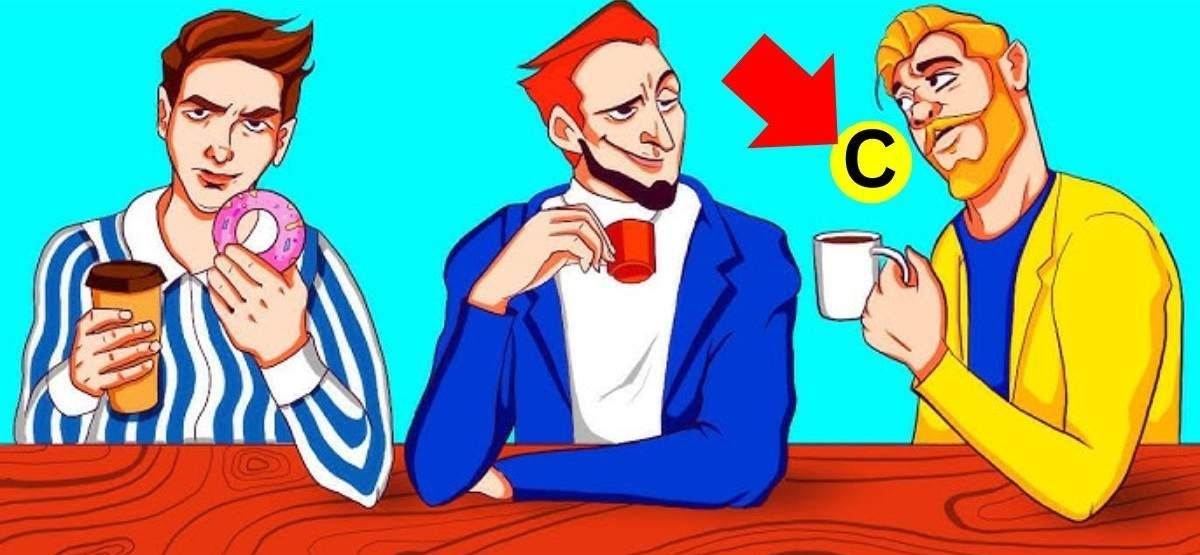Brain teasers are designed to challenge specific cognitive abilities. Researchers can use them to assess your attention span, working memory, spatial reasoning, and problem-solving skills. Research studies conducted often involve monitoring brain activity while participants engage with brain teasers. This helps researchers understand which brain regions are activated during different cognitive tasks and how these regions interact.
Brain teasers also help researchers study neuroplasticity, the brain's ability to reorganise itself by forming new neural connections throughout life. By repeatedly engaging with brain teasers, you can strengthen existing neural pathways or create new ones.
Studies using brain teasers can provide insights into how cognitive abilities change with age and in conditions like Alzheimer's disease. In summary, brain teasers are not just recreational activities, they are valuable tools in research that help to understand how the brain works, how it changes over time, and help improve memory, focus, problem-solving skills, and overall mental intellect.
All kinds of stress are not bad. A research study showed that logic stress and limit stress generated during playing brain teaser games are positive stress, that can improve cognitive abilities such as attention and concentration and also activate the brain's frontal lobe.
Today we have an interesting brain teaser that challenges you to tell who is left-handed among these three men in the picture. Can you answer in 11 seconds?
Test your visual IQ: Spot who is left-handed in this brain teaser in 11 seconds!

Only 1 per cent can solve this tricky brain teaser. In a room of 100 people, only 1 person could tell who is left-handed in this picture.
Do you take the challenge to prove you are among the top 1 per cent with exceptional visual reasoning skills.
There are three men in the picture. Each having a snack or a beverage. Can you tell who is left-handed just by looking at which hand is being used for the main action.
Focus on the action being performed. Left-handed people often use their left hand for their primary task while their right hand is used for support or a secondary action.
Observe the picture carefully. Examine each man and how they are performing their actions.
Identify their primary action. Determine what the main task is for each person in the picture.
Now look at which hand is typically in use for performing that primary action.
Do you think you have figured out the answer? Scroll down to see if you got it right!
Only 1 Out Of 100 People With Hawk's Eyes Vision Could Spot Three Hearts In 22 Seconds! Can You?
Answer revealed!
If you were able to solve this logical brain teaser in the given time limt, you have shown some exceptional observational skills, an eye for detail, problem-solving abilities, and a high IQ.

Comments
All Comments (0)
Join the conversation